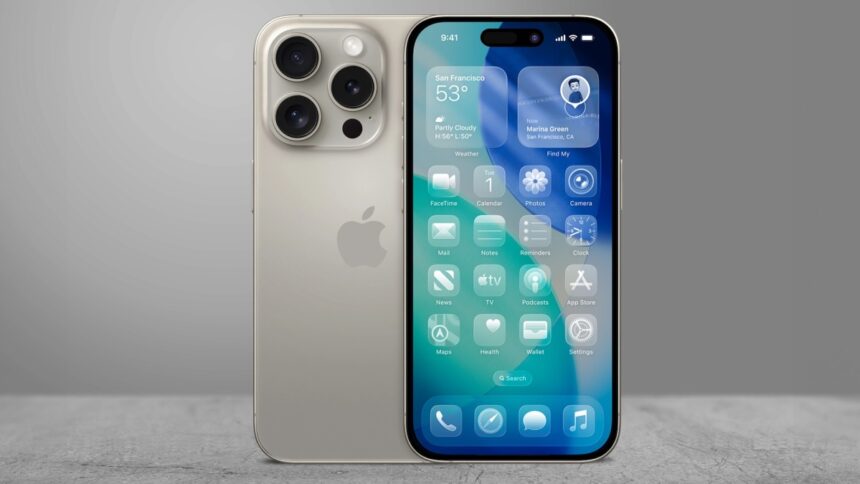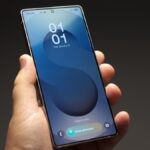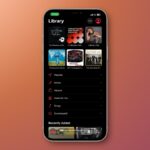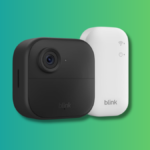Exciting Updates in Apple’s Second iOS 26 Developer Beta
On Monday, Apple unveiled its second developer beta for iOS 26. This update primarily addresses various bugs and issues identified in the initial beta. However, Apple also seized the chance to introduce a handful of fresh features and modifications—eight in total.
It’s important to note that iOS 26 remains in its beta phase, meaning it is not yet available to the general public. Specifically, this version is tailored for developers to test their applications within Apple’s new operating system. While it is possible for anyone to install the beta on their iPhones, caution is advised as the system may be unstable. There is a risk of rendering your iPhone non-functional or losing data if you attempt to remove the beta without a proper backup.
Whether testing the beta or simply intrigued by the new features, here are eight notable updates from Apple’s second iOS 26 beta.
Revamped Control Center with Liquid Glass Effect
One of the most striking changes upon installing iOS 26 is the introduction of the Liquid Glass design. This aesthetic alteration is particularly noticeable, as all user interface elements—menus, windows, and buttons—adopt a “glassy” appearance that renders the content behind them slightly blurred.
Opinions on this design shift vary, yet it marks a significant visual update for Apple after many years. However, the initial version of this design in the first iOS 26 beta had room for enhancement. Specifically, Control Center appeared cluttered, with its tiles becoming nearly indistinguishable due to excessive transparency.
In response, Apple seems to have revisited their design strategy for the second beta, resulting in noticeable modifications to Control Center. The transparency effect has been considerably toned down, now creating a clearer view of the tiles, which might even evoke memories of the iOS 18 layout.
This Tweet is currently unavailable. It might be loading or has been removed.
The tiles are more visible than before, though there’s room for improvement. Striking a balance between visibility and the unique design is essential. This early in the beta cycle, it will be interesting to see the final outcome of the Liquid Glass design.
Further Transparency Settings Available
Prior to Apple’s adjustments in beta 2, users sought ways to minimize the Liquid Glass effect independently. Fortunately, the existing accessibility feature “Reduce Transparency” serves this purpose by lessening the transparency across iOS.
With the latest beta, Apple has amplified the effectiveness of Reduce Transparency. It appears this will be the primary means of managing transparency in Apple’s new interface for now.
Introduction of a New Ringtone
Since the last upgrade to its ringtone collection with iOS 17 in 2023, which had been static since iOS 7 except for the “Reflection” tone debuted with the iPhone X, there has been a renewed focus on sound.
Now, Reflection is the default ringtone across all devices. Users have the option to switch to any of Apple’s additional tones or even select a custom sound. Nevertheless, Apple seems keen on providing another variant of Reflection here labeled as Alt 1. This new version, which was first identified in the IPSW file of the initial beta, has finally made its way to the ringtone settings with this update.
The new sound can be previewed below. It stands out as quite distinct; it raises questions as to why Apple categorized it as an alternate version instead of naming it as a completely new ringtone.
This Tweet is currently unavailable. It might be loading or has been removed.
Launch of a “Live Radio” Home Screen Widget
A noteworthy addition to Apple Music is the new Home Screen widget named Live Radio. For those who frequently access Apple Music’s radio stations, this feature enables quick selection of stations directly from the Home Screen, eliminating the need to first open the app.
Returning Tab Navigation in Safari
The initial beta of iOS 26 saw a redesign in Safari that altered the placement of tab options. Users accustomed to iOS 18 expected these buttons to be at the screen’s bottom, which was not the case with iOS 26, as Apple relocated them to the top.
Following feedback about the confusing shift, tabs have made a return to their familiar position at the bottom, addressing the concerns of many beta testers.
Clarified Functionality of Low Power Mode
Low Power Mode is a go-to feature for users wanting to extend their iPhone’s battery life during critical moments. However, its precise workings have often been unclear.
Previous descriptions left much to interpretation. The current explanation in iOS 18 merely states: “Low Power Mode temporarily reduces background activity like downloads and mail sync until charging is complete.” This limited view fails to account for its full impact, such as the reduction of refresh rates on high-performance devices.
With the second beta of iOS 26, a more comprehensive description has been provided: per MacRumors, it now states: “iPhone will temporarily limit certain background activities, processing speed, display refresh rate and brightness, as well as restrict features like 5G, iCloud syncing, mail fetching, and others.”
This enhanced explanation sheds light on how Low Power Mode functions beyond merely curbing background activity, confirming it also modifies display settings and restricts high-demand cellular services.
Order Tracking Now Live in Apple Wallet
Initially unveiled during WWDC, the ability to monitor purchases through Apple Wallet has finally been activated in beta 2, allowing users to easily track orders. Upon updating, users will find an option to scan their Mail app for transactions from various retailers, with details on the status of orders like placement, shipping, and delivery.
Restoration of iPhone Without a Computer Confirmed
As reported by MacRumors, the initial release of iOS 26 beta introduced an unprecedented option to restore iPhones without needing a secondary computer. The confirmation of this feature in beta 2 elaborates that “Recovery Assistant offers a new method for troubleshooting and recovering devices that fail to start up normally, checking for issues and initiating fixes where necessary.”












